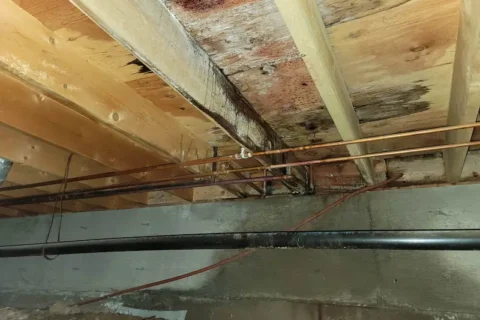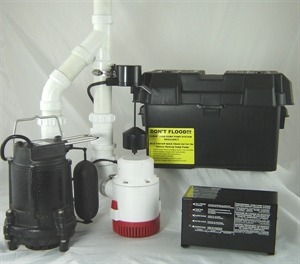What Is a Sump Pump, and How Does It Work?
Sump pumps are pumps that are often found in basements or low areas of a building. They are almost always found where water collects, and their main function is to remove as much of the water as possible. This is an important function because it helps preserve the structure and integrity of a building and sometimes protects other items of interest.
How Does It Work?
First of all, a sump pump usually sits in a well or pit that was designed with the pump in mind. This “sump pit” will probably be in the lowest part of the basement, with the intention of attracting water. Most pumps, (but not all) are activated when the water level around them rises. This is measured by either a pressure sensor or a float activator. Each of these acts as its name would suggest. As the water flows into the unit, it is immediately pushed through a pump, usually a centrifugal pump, which turns an impeller to push the water through the pipe. The pump can either be submersible, which sits in the water, or pedestal, which sits above the water and does not get wet. The second tends to be louder because the sound is not dampened by surrounding water, but it also tends to be cheaper. The pump pushes the unwanted water through a pipe, then through a device called a check valve. The check valve allows the water to flow out, but not back into the pump when the pump turns off. Then the water continues to the outside world, where it is allowed to drain. But it must be carried far enough away from the structure that the water does not drain back into the basement, as this would create a rather annoying loop.
If you think you might need a sump pump, or have another water related problem, or if you’re just curious to know more, contact us. We’ll do whatever we can to help you out.
Ready to Get Started?
Contact Us Today to Schedule a No Pressure, No Obligation, Free Quote!


